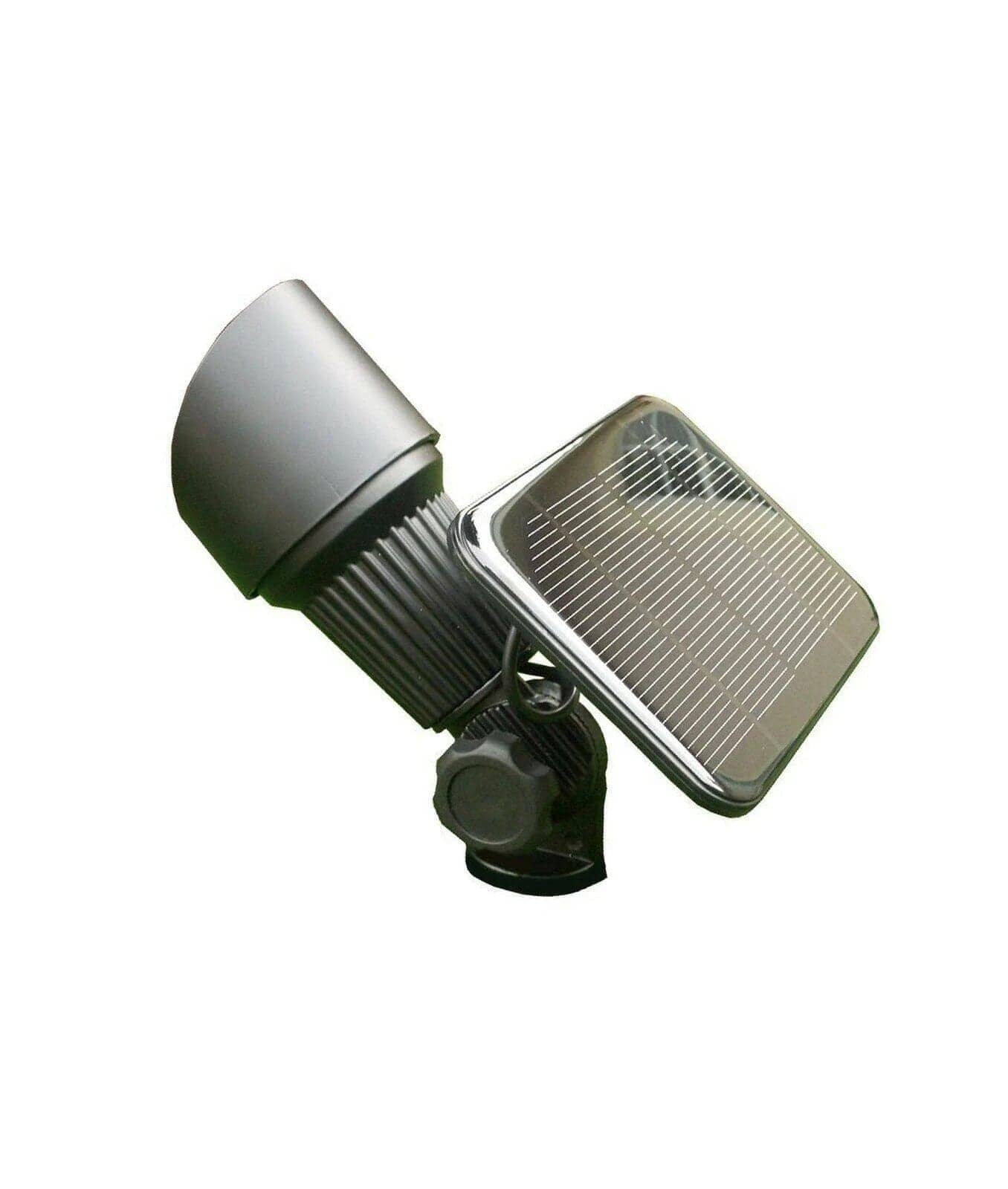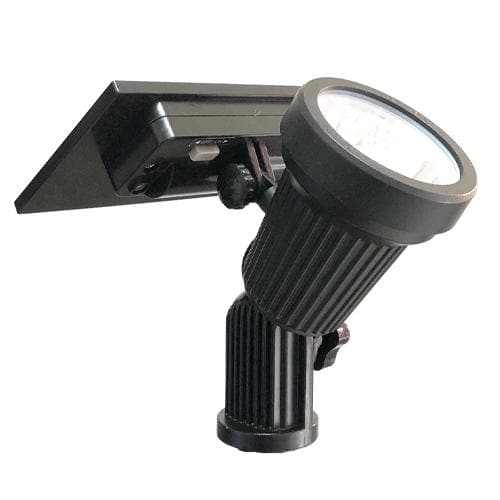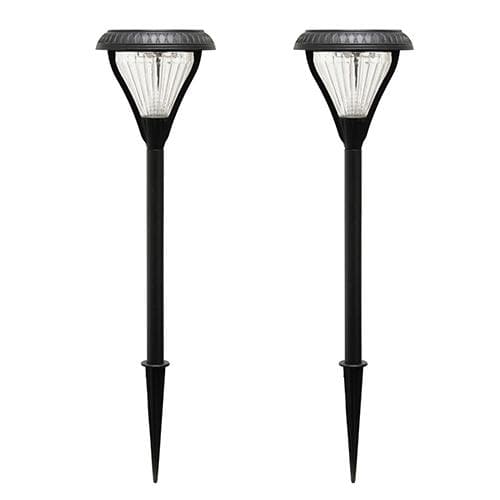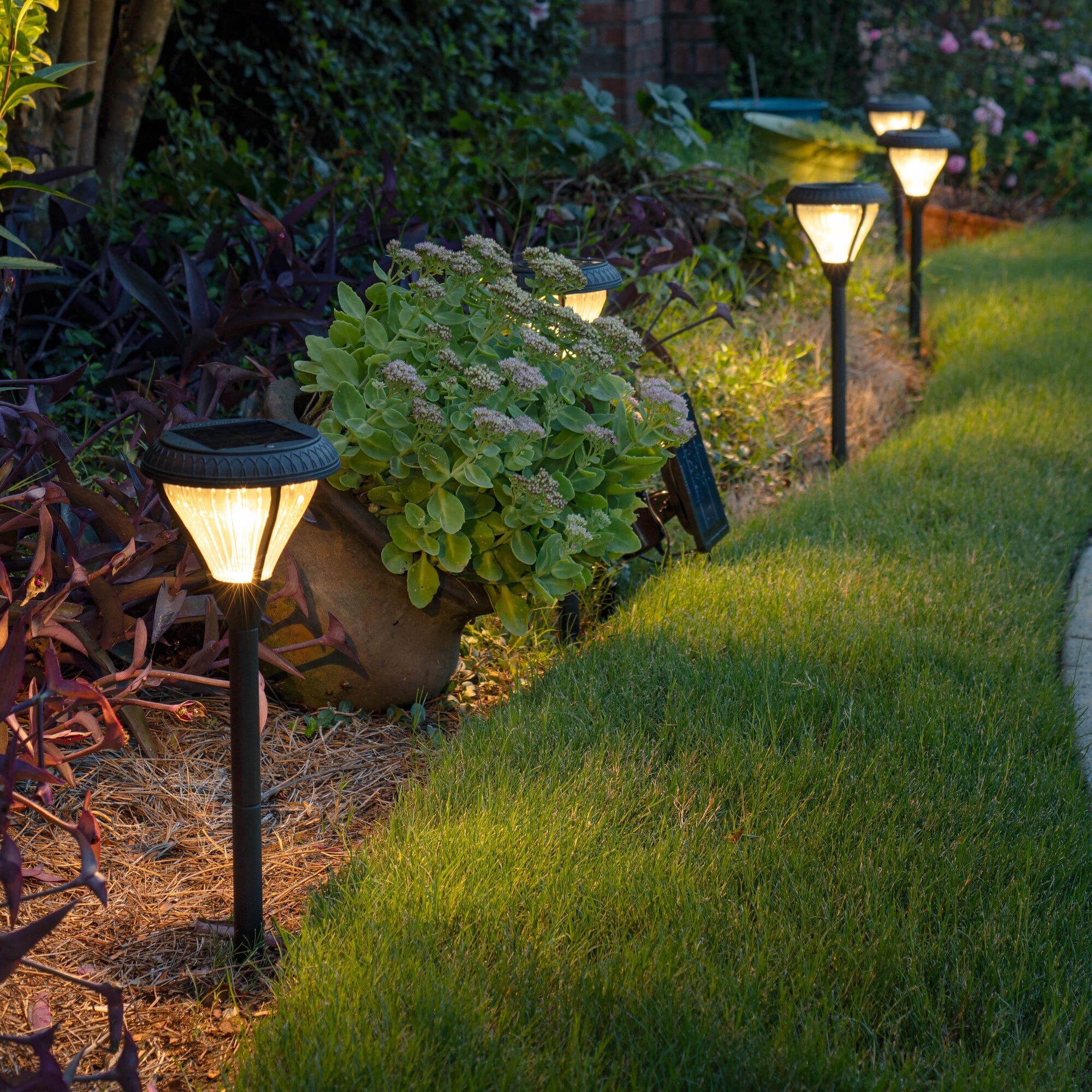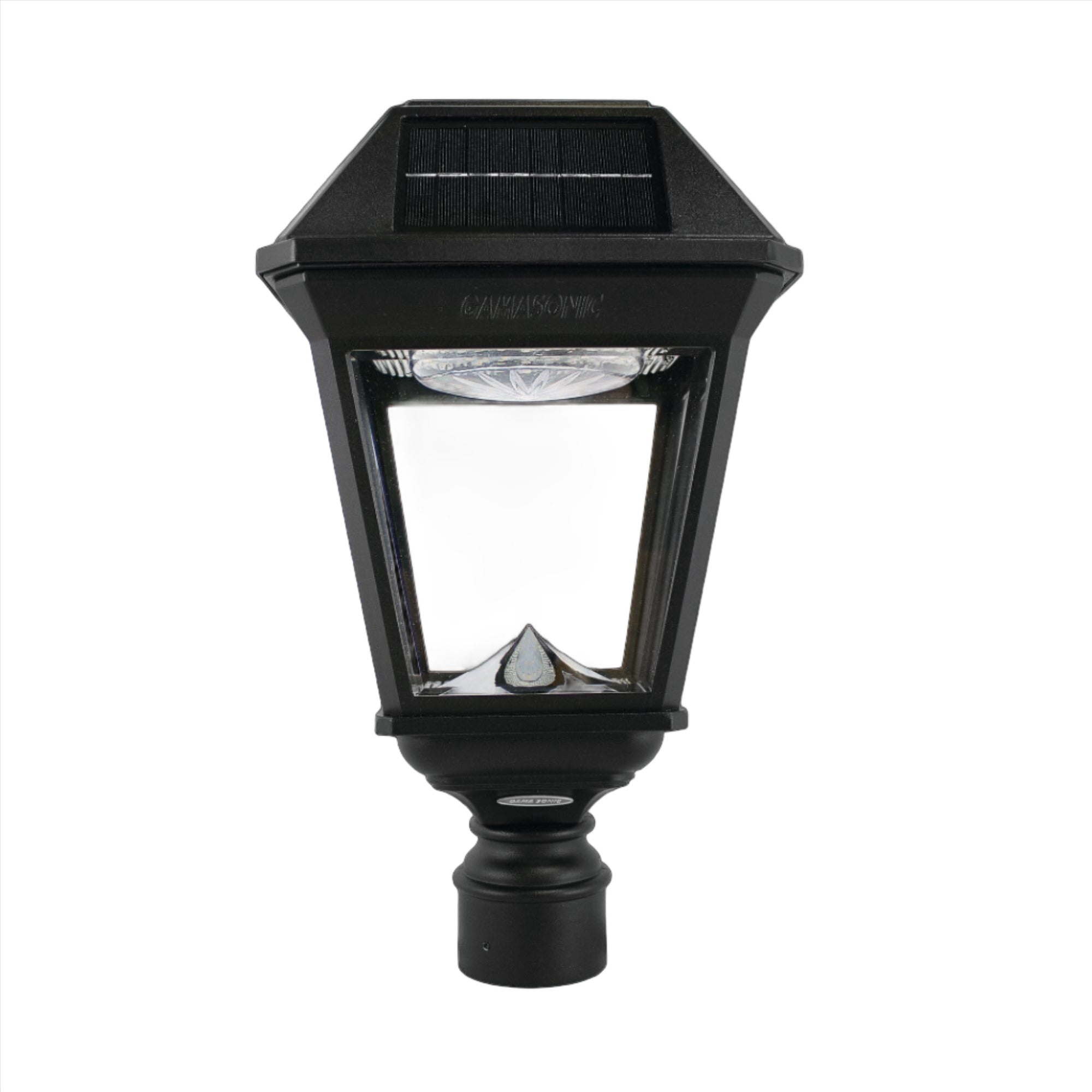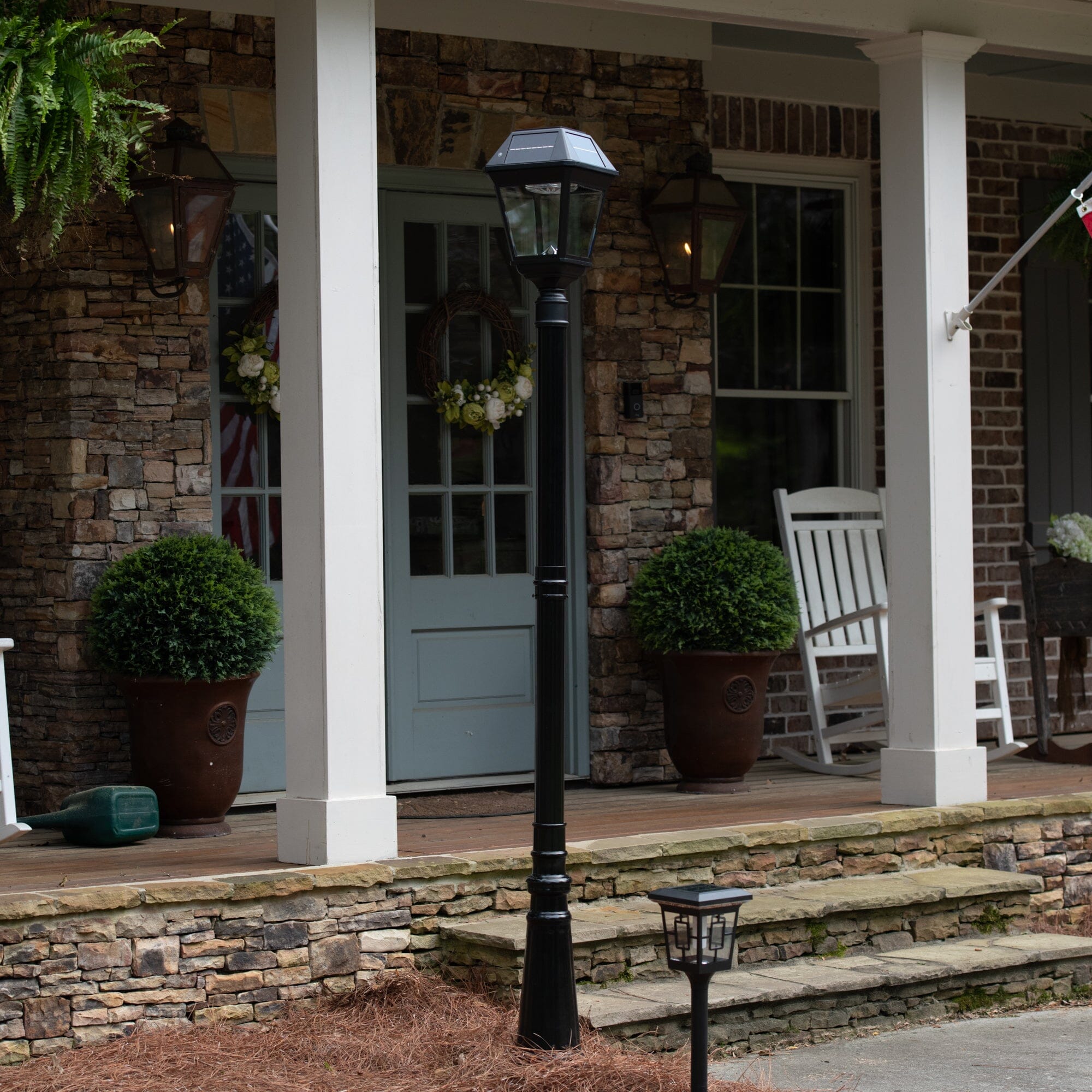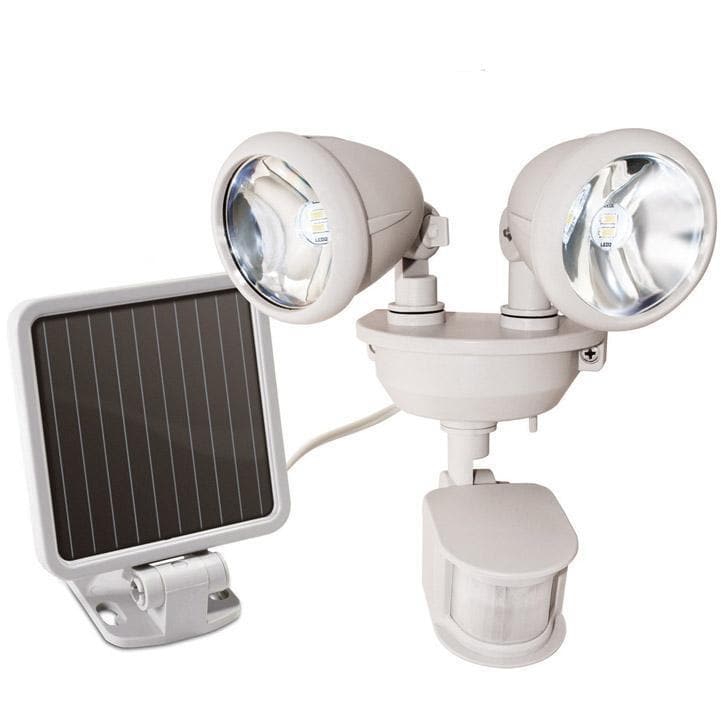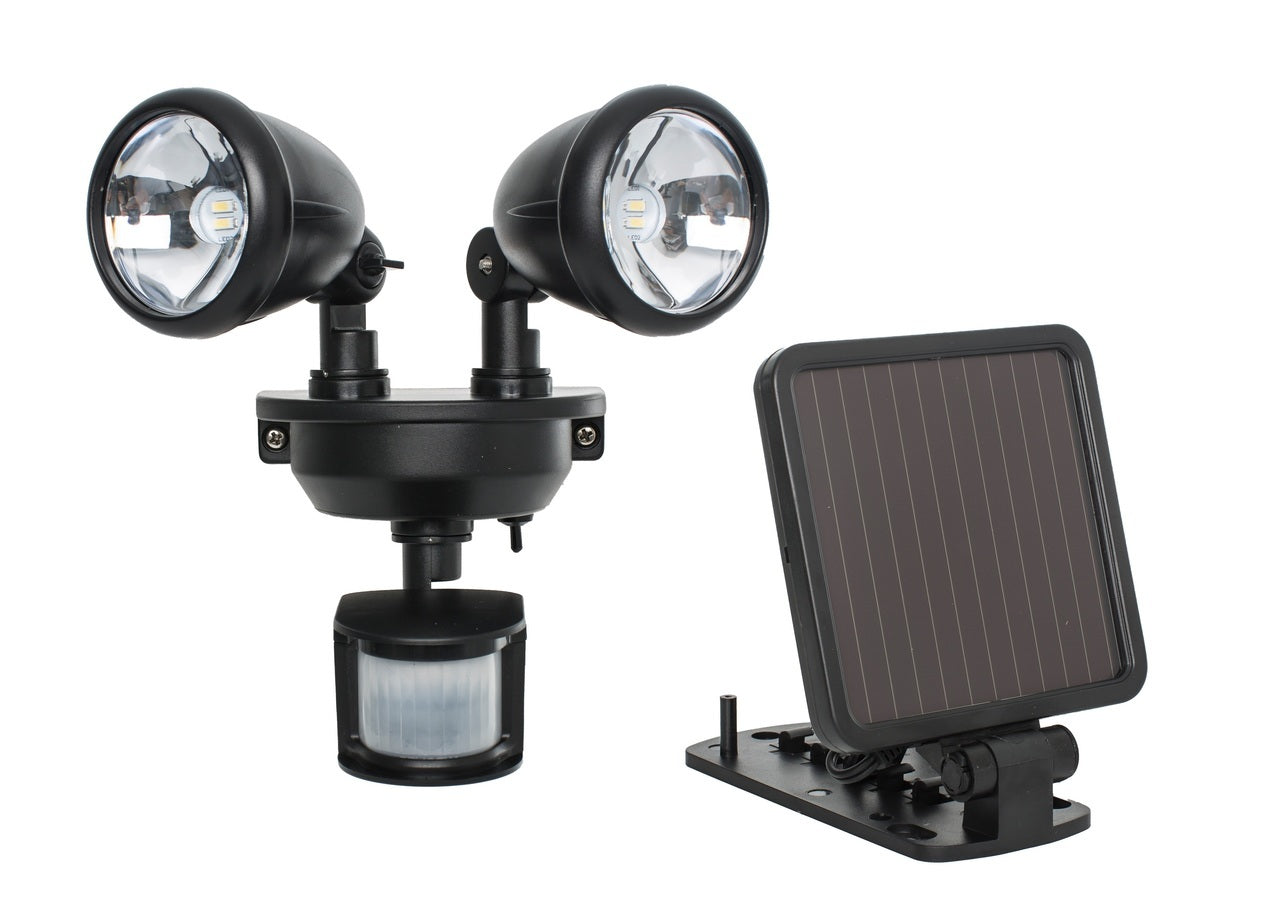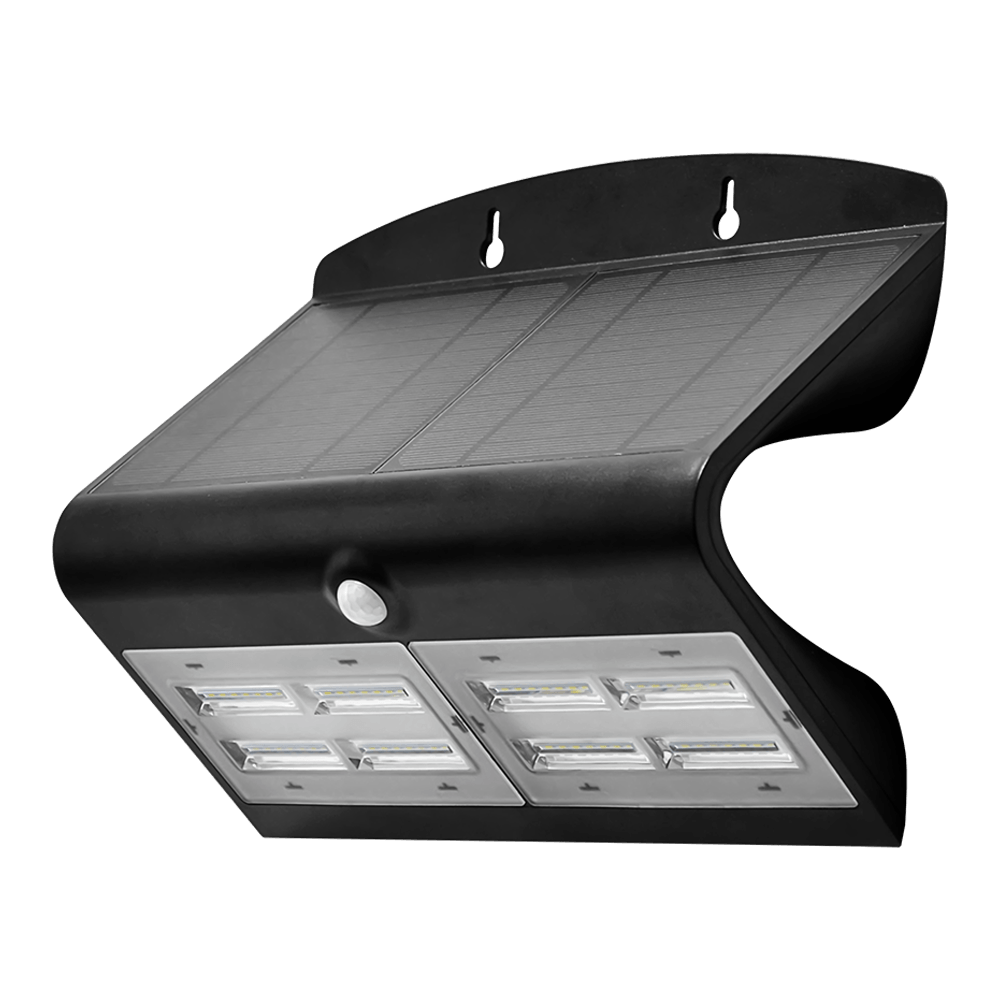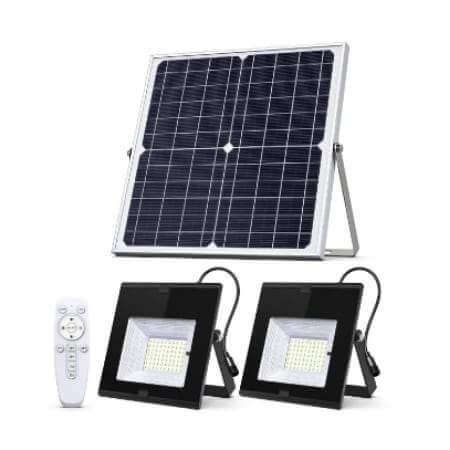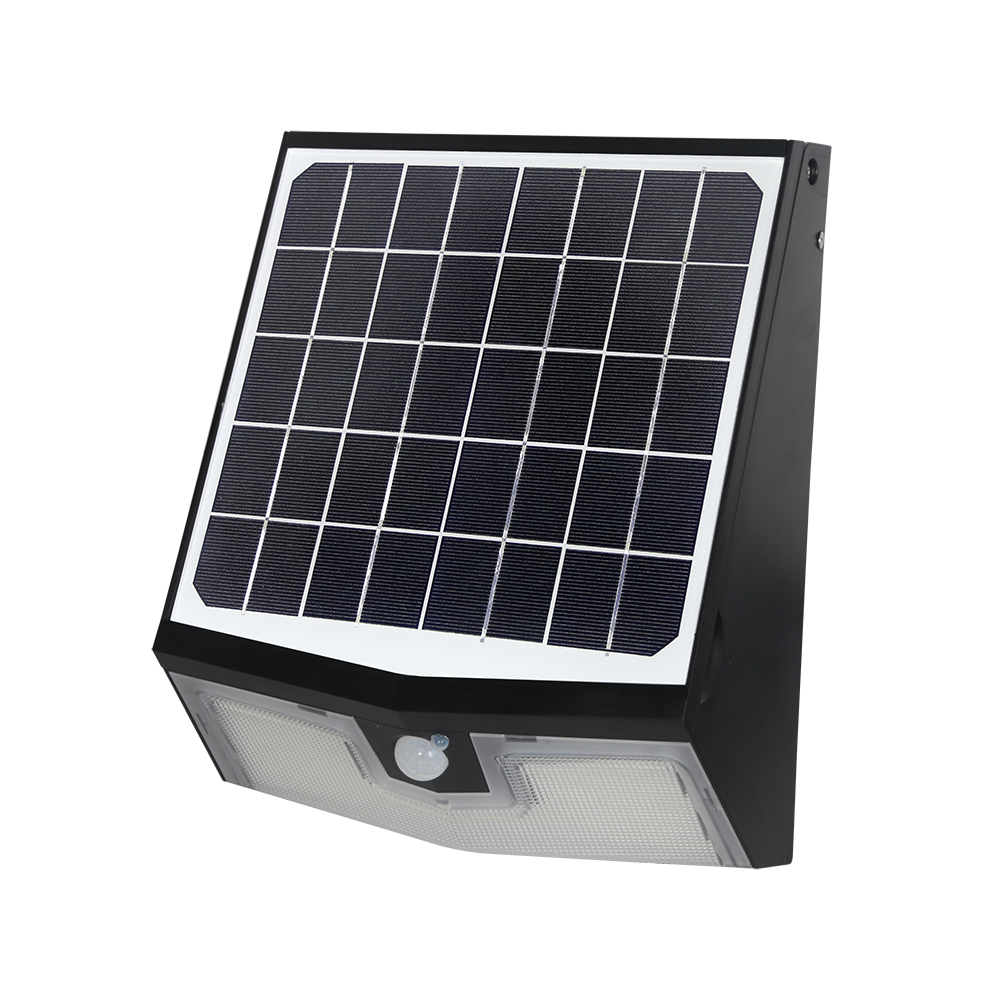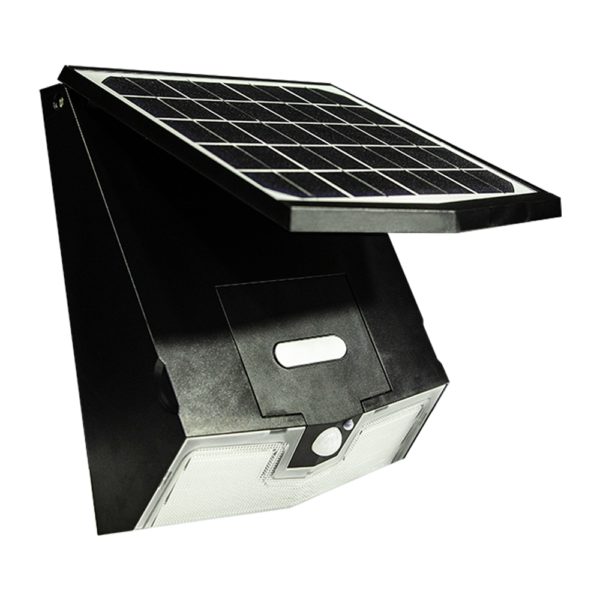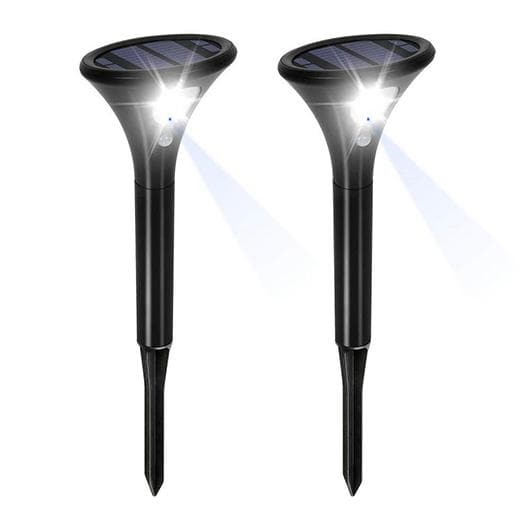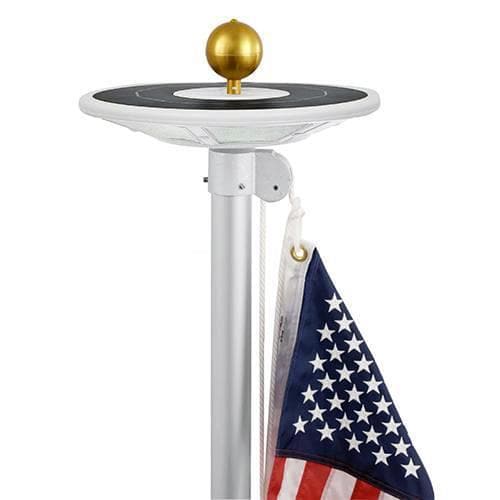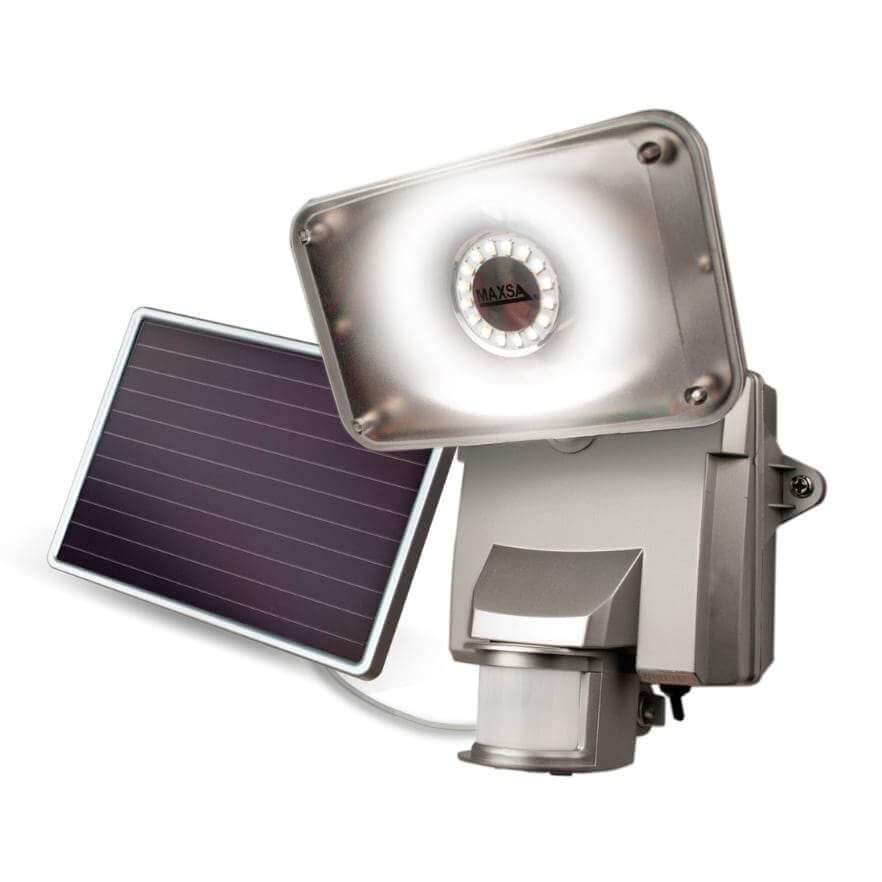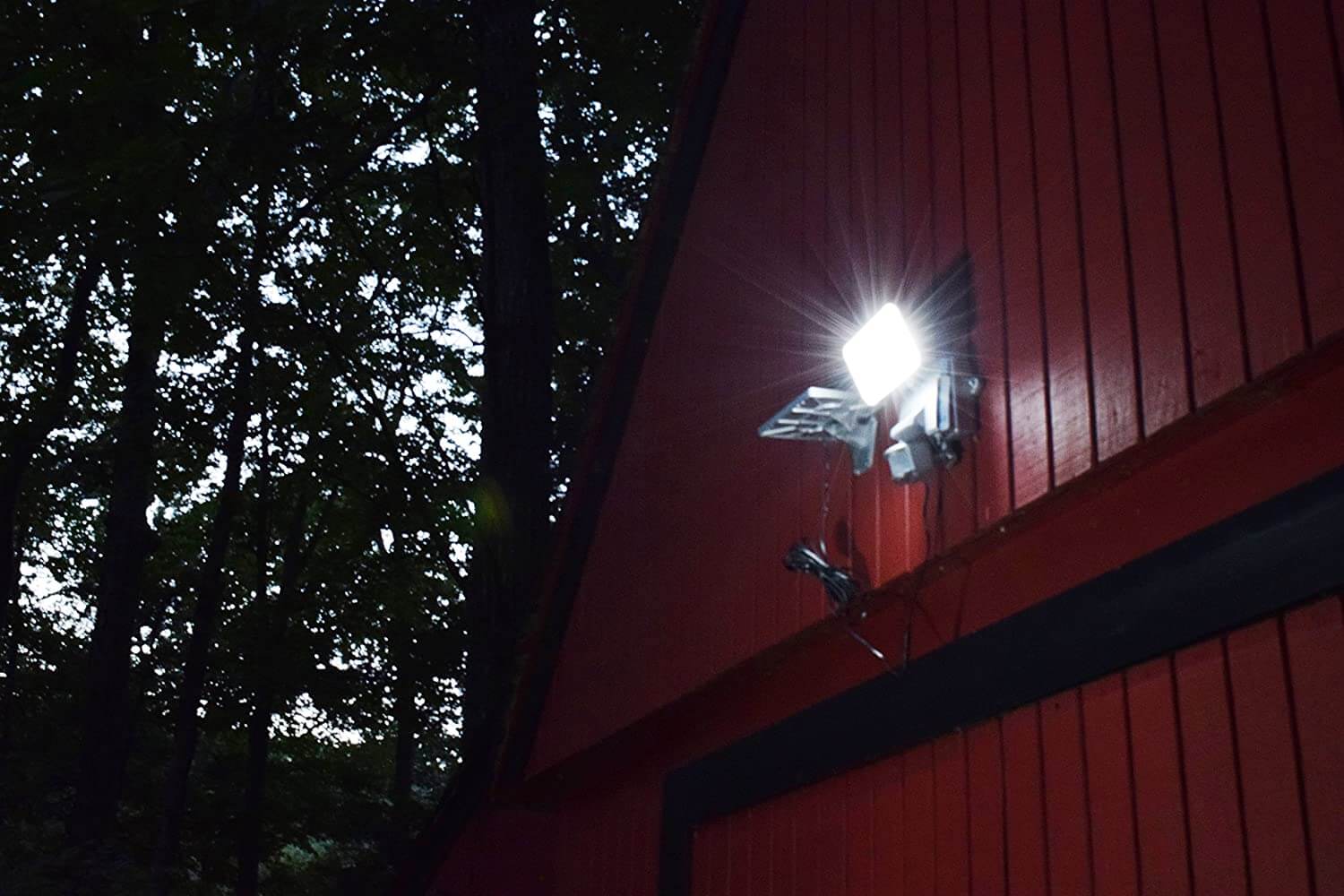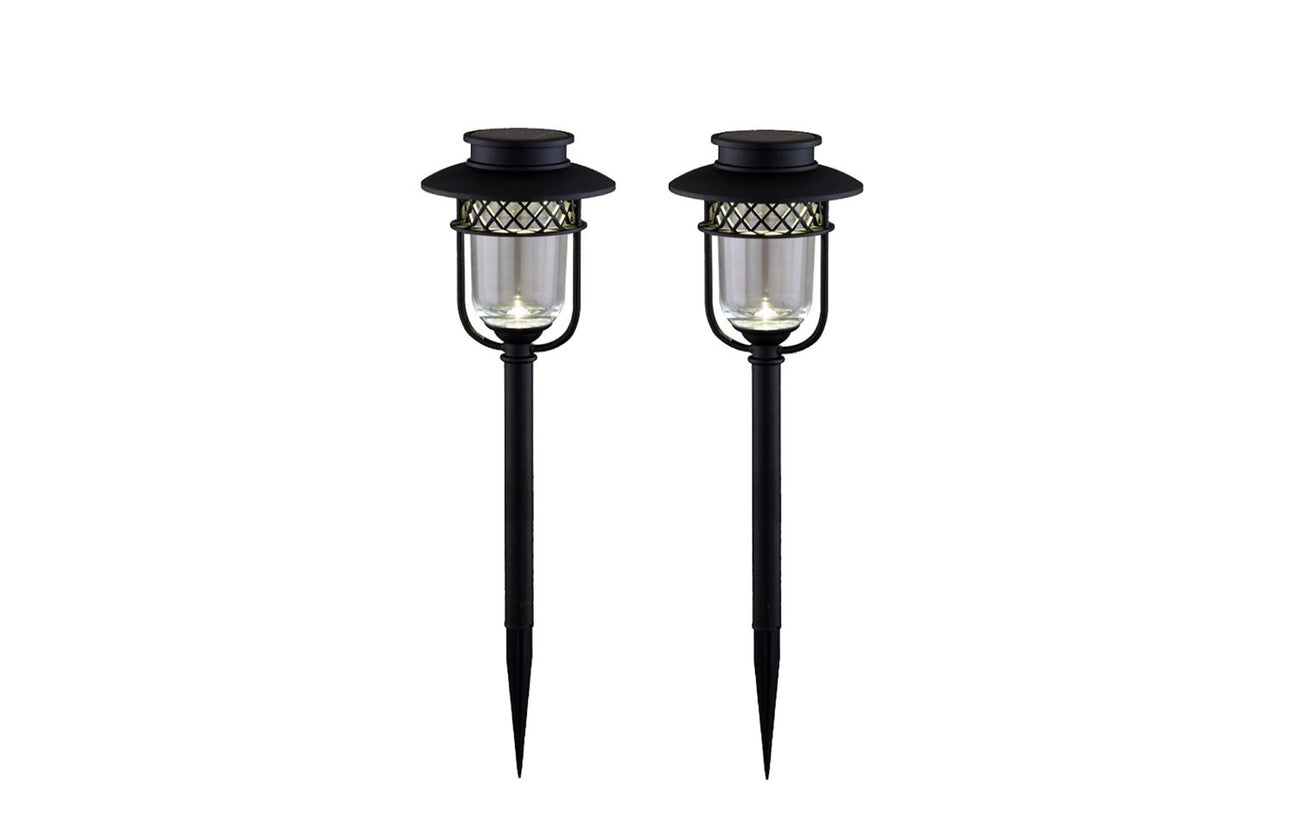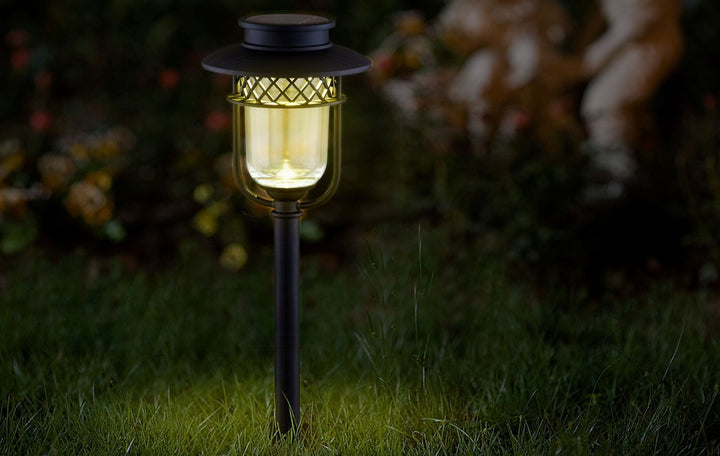 Do you find yourself overwhelmed by the heat when summer rolls around?
Do you find yourself overwhelmed by the heat when summer rolls around?
Keeping your home the right temperature is not always easy, especially if you live in a home with no central air conditioning. In the hotter months, you might notice that your house tends to overheat or gets really stuffy.
The solution is to throw open the windows and turn on the fans or go get a window AC unit … right? Not necessarily.
If you live in a home with an attic, there is another possible solution that you can try in order to better keep your home cool: whole house, or attic fans. We’ll take a look here at what an attic fan is, what it does, and some of the advantages and disadvantages of using one.
What does an attic fan do?
Attic fans (or whole house fans) work in conjunction with ceiling and circulating fans to push out hot air, and effectively cool a home. They work by forcing hot air that has risen into the attic out of the soffit or ridge vents located there.
By helping the air expand before it is pushed out, this type of fan ensures that the heat is sent outside rather than pressed back into your living space. It pulls in air from open windows and exhausts it through the attic and roof, reducing the temperature by up to 15 degrees (depending on the outdoor temperature).
Done properly, this system can serve as a replacement for an air conditioner in many climates during most of the year, according to the US Department of Energy. They should provide around 30 to 60 air changes per hour, but this will vary based on how much you use the system and the general climate where you live. These systems can also work in homes that also use air conditioning systems. If you don’t want to run your AC all day, and it gets cool enough outside at night, you can give your AC a break and turn on your whole house fan to cool the home down quickly.
Attic Fan Pros & Cons
While there are many great advantages to installing and running attic fans, there are also drawbacks. We will explore both the good and the bad below.
Attic Fan Benefits
So, what do you really gain by installing an attic fan? Turns out, a lot more than you might expect.
- Obviously, the biggest benefit of attic fans is that they reduce the temperature of your home when it is warm outside, so that you can stay more comfortable.
- In addition to keeping the heat at bay in the summer, they also help prevent moisture build-up in the cooler months, reducing the risk of mold and rotting lumber –– a concern for many with attics.
- They allow you to enjoy more fresh air without having to even step outside.
- Whole house fans even out the air in your home, meaning you will likely use your other fans or AC units in your home less frequently, which will save you money. Attic fans draw much less power than most air conditioning systems, so running the fan will cost less than the AC.
Whole house fans can be purchased as traditional electric fans, but there is another option that many people are choosing these days: solar attic fans.
Unlike typical electric fans, solar attic fans don’t require electricity to work, so you won’t see an increase in your utility bills from using them. Further, many homes don’t have power outlets in the attic space, making solar powered attic fans much easier to install than traditional electric fans. This type is great for the environment as they do not require energy sources that are harmful to nature to operate, and instead function through solar energy.
Another major advantage solar attic fans have over their traditional counterparts is tax savings. As part of the economic stimulus package, the government offers a 30% tax credit on qualified energy upgrades. That's not a deduction, it's a rebate, so it's equivalent to an automatic savings of 30% on any improvements you make to your home's energy efficiency, up to $1500. Be sure to check on this if you are planning to install a solar attic fan!
Disadvantages of Attic Fans
Despite all of their benefits, whole house fans are not without their disadvantages.
- Perhaps the biggest issue is that of installation, which can be a little tricky and expensive. An experienced professional will need to measure and install the fan, as well as do the circuit wiring, too, if necessary. Proper installation is extremely important, as a botched set up can cause many issues such as making the fan extra noisy; they should be installed with noise-dampening materials like rubber or felt to reduce this risk. However, those installation costs can add up quickly, so you’ll want to make sure that this is a long-term investment for your home.
- You will likely need to install more attic events, as you need about one square foot of net free area for every 750 cubic feet per minute of fan capacity. Ideally, you’ll want more vent area rather than less so that the fan can function at its optimal capacity.
- Safety is also a factor. You must be cautious and informed when operating these fans, as they cause a powerful suction, which may lead to unwanted backdrafts of toxins like carbon monoxide in your home, if not set up and used properly.
Overall, if the unit is installed correctly, the benefits outweigh the drawbacks.
Cool Down Your Home With a Solar Attic Fan
During the warmer months, making sure that your home is equipped to cool down is an important consideration for many people.
While traditionally those without central air have opted to get standing fans or just open the windows to alleviate the heat, these methods do not always work consistently; heat that has risen into your attic may actually be seeping into the rest of your home anyhow.
Whole house fans seek to remedy that problem by better ventilating your attic space, pushing hot air back outside, and lowering the indoor temperature in the meantime.
With attic fans, you can not only make your home more comfortable, but also prevent moisture buildup and keep the interior air fresh and clean. Plus, if you opt for a solar one, you can reap all of the benefits of the whole house fan system while also saving money on your electric bill and reducing your carbon footprint on the environment.
Installing a solar attic fan should not be a project taken on lightly, though. Be sure to get an estimate from a trusted and experienced professional so that you don’t run the risk of having an expensive and noisy fan on your hands. These types of fans also must be properly installed so that they do not transfer air with toxicities back into the home as well.
If it sounds like a solar attic fan might be the right choice for your home, look no further than the array of options here at Outdoor Solar Store. Plus, don’t forget to learn about the federal tax credits available from purchasing a whole house fan as well, which can be a great way to cut down on the cost and make buying one all the easier.
This summer, don’t settle for stuffy.


